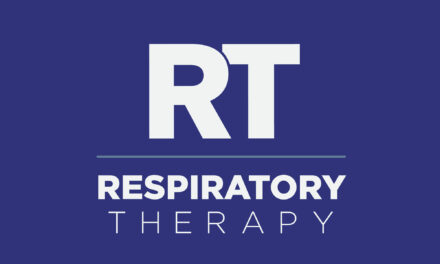Among infants and children with mild bronchiolitis, measurement of blood oxygen saturation using pulse oximetry was a poor predictor of return for treatment following hospital discharge.
Infants who experienced recurrent or prolonged (>3 minutes) desaturation episodes at home, identified through continuous pulse oximetry, were no more likely to return for unscheduled medical visits within 72 hours of being discharged from hospital emergency departments (ED) in a study of 118 infants, according to Suzanne Schuh, MD, of The Hospital for Sick Children in Toronto, and colleagues.
The findings suggested that pulse oximetry is not an effective tool to predict subsequent return for care, they wrote in JAMA Pediatrics.
The authors also argued against the routine use of continuous blood oxygen saturation monitoring in the hospital setting.
Bronchiolitis, which is characterized by wheezing and respiratory distress, is the most common lower respiratory tract infection among infants and it is also the leading cause of infant hospitalization in the US, costing an estimated 1.73 billion annually, the researchers wrote. Treatment generally involves hydration and oxygenation to address symptoms.
“Following the introduction of routine oximetry in the 1980s, the hospitalization rate for bronchiolitis rose from 12.9 per 1,000 to 31.2 per 1,000,” Schuh and colleagues wrote, adding that “experts feel that this increase in hospital admissions may have happened owing to a high reliance on oximetry.”










